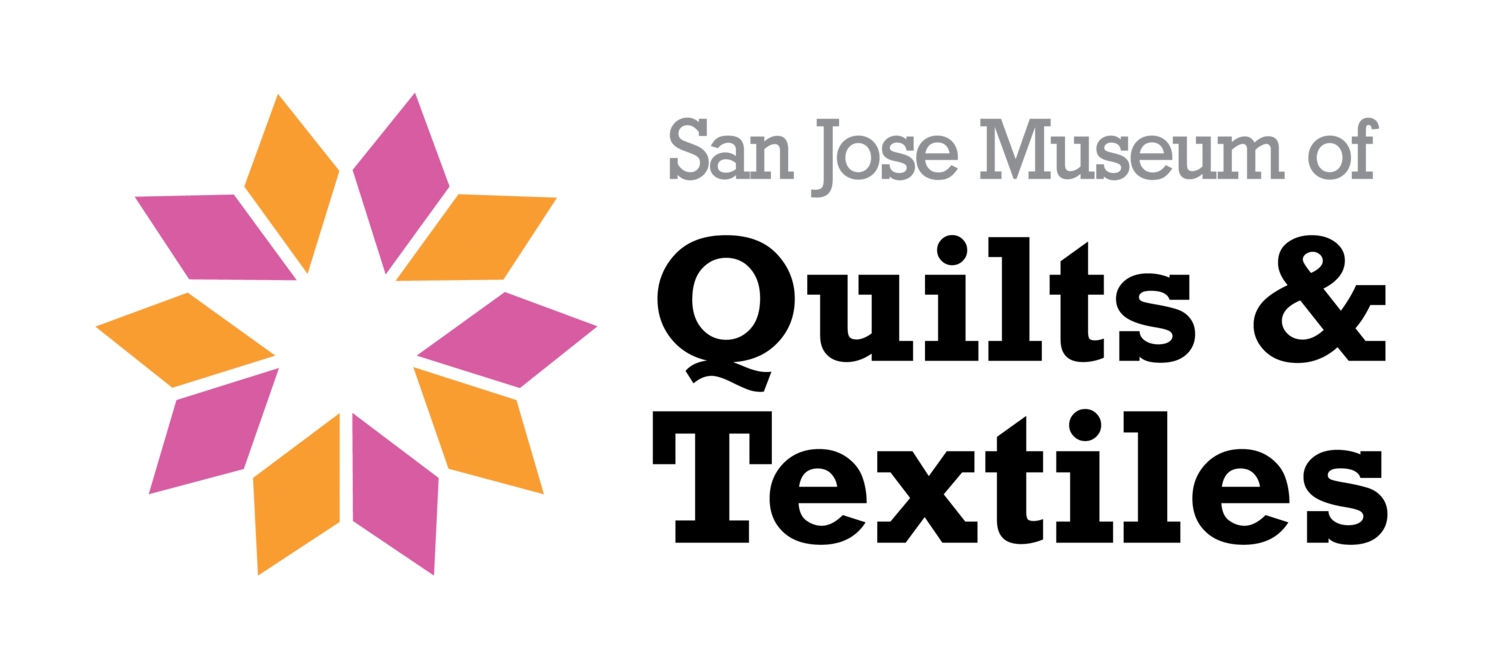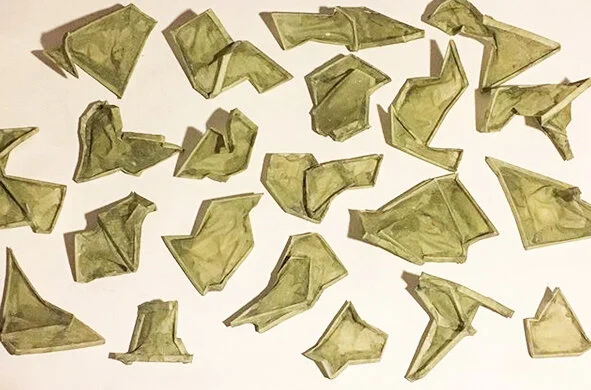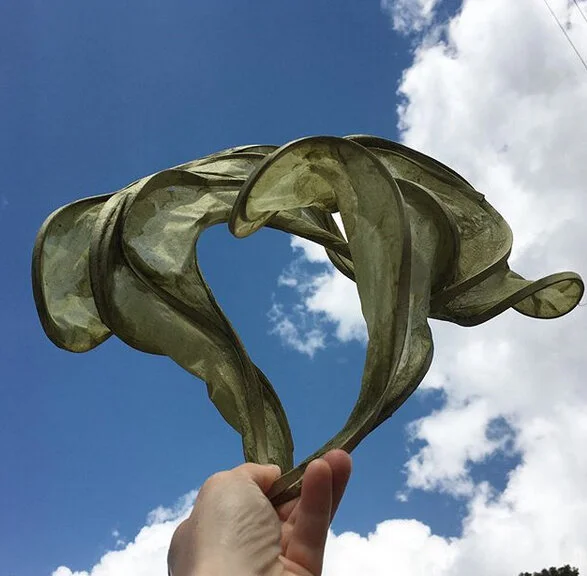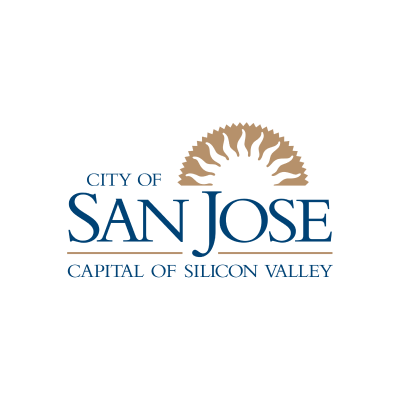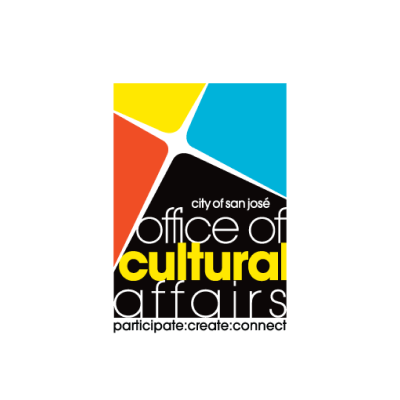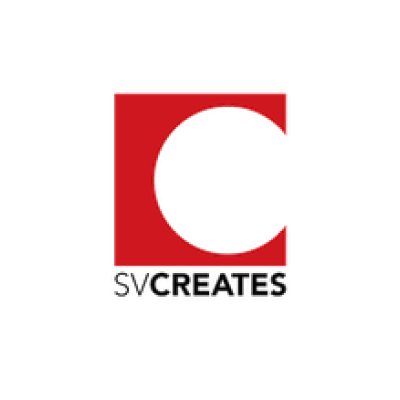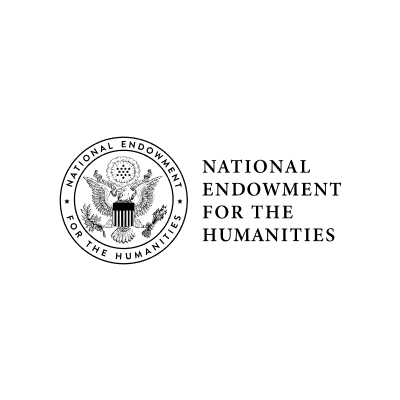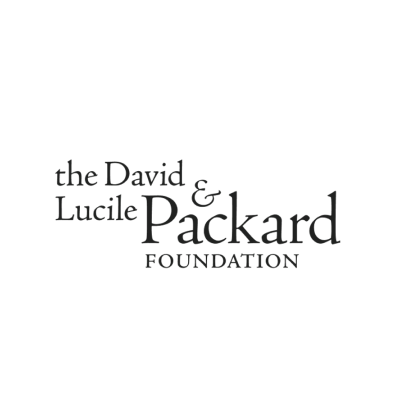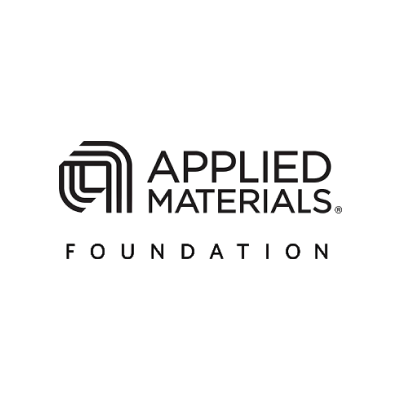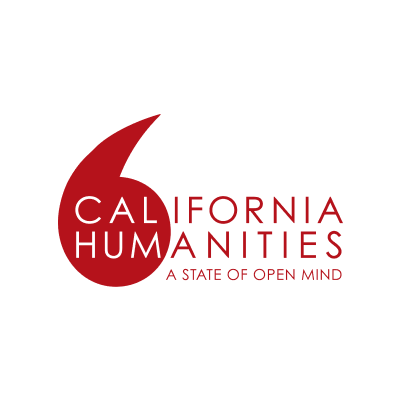Next up on our Artist Spotlight Interviews is Michelle Wilson. You may remember meeting her and collaborator Anne Beck at San Jose Museum of Quilts & Textiles in early 2018. Together they work as the Rhinoceros Project.
What are materials and processes utilized in your body of work?
I like to call myself an interdisciplinary thinker. My work involves papermaking, printmaking, artist books, embroidery, sculpture, installation, and social practice. However, papermaking is at the root of everything I do. Most people consider paper a substrate – a surface that holds information. For me, and for many papermakers, paper is a substance; its very fibers have meaning, history, story, significance.
Another significant part of my practice has been collaborations. I’m part of two ongoing artist collectives, Book Bombs (with Mary Tasillo) and the Rhinoceros Project (with Anne Beck).
Describe the main differences of your 'old' studio to your 'Shelter in Place' studio.
At this point in time, I’m fortunate to live in my studio. What’s shifted for me is that I have so much more time to work. I am sorry that this has come at the cost of many people struggling with illness and a threat to many more, but I am embracing the time I have been given to work now.
With this time, I’ve been working on a sculptural practice that I set aside a few years ago due to time constraints. It’s a series of sculptures made of various types of bast fiber – so far, I’ve experimented with flax and cannabis (hemp). The fibers are processed in a machine called a Hollander beater for a long time – up to eight hours of beating. This causes the fibers to absorb a great deal of water. I form sheets, and while they are still wet, they are wrapped around an armature. The armatures I build begin as flat forms, and as the paper dries it warps and cockles the form into a twisted, three dimensional shape. The results are unpredictable, and that’s something I enjoy. I find myself thinking of these pieces as collaborations with fiber, water, gravity, the weather, and time.
What do you do when you get "stuck" in your creative process? Where do you turn for inspiration?
So much of my creative process is tied to my connection with my body. Making paper, carving blocks, embroidery, all involve movement and engage my physical body. When I’m stuck, I’m still. I have to move my body in order to move through the feeling of being blocked. Usually this involves walking, getting my blood pumping to energize my studio practice.
In addition, I’m fortunate to have a community of artist friends who I can turn to for advice when something’s not working. Artist friends such as Anne Beck (my frequent collaborator), Patricia Wakida, Marie Elcin, Teddy Midler, Nicholas Yeager and Ever Rodriguez are some of the people who understand where I’m trying to take something, and talking with them can usually help me figure out what’s holding me back.
What are you currently reading/ listening to?
I’m currently reading Glenn Adamson’s Fewer, Better Things, which sounds like it should be some sort of Marie Kondo book, but instead it’s a history of craft and craft principles. The weaver Christy Matson recommended it to me last summer when I was teaching at Haystack Mountain School of Crafts in Deer Isle, ME. It’s sort of a next-generation response to David Pye’s Nature and the Art of Workmanship, based in the idea that we as humans need a connection to the objects we use. Adamson feels that this material connection nurtures us, connects us and deepens our understanding of community and environment.
What advice would you give to other creatives at this moment in time?
My experience of sheltering-in-place has actually had a surfeit of joy in connecting with others. My community has enriched and sustained me. I frequently find that the truest things are often contradictions – that through isolation many are learning how connected we truly are, and how much we need one another. I’m not sure if this is advice, per se, but I hope we can continue and built upon our bonds together after the order is lifted.
What drew you to the fiber art medium over others?
Fiber art was never an art form I studied in undergraduate art school. The beginnings of what I know today as a fiber artist was knowledge I learned from my mother; and like many art students, we’re convinced that that the teachings of our mothers are not “real” or “serious” art. I trained as a painter and a printmaker, and while I still make prints, I’ve abandoned painting as a practice entirely. I had to unlearn that my mother’s knowledge wasn’t real.
What finally convinced me that I not a painter was how still I had to be to paint. I’m a person who’s almost always in motion as my natural state; I talk with my hands (even on the phone); I pace when I have to wait somewhere for something; I’m a master fidgeter. Sitting or standing still to paint left my mind wandering, I wasn’t able to focus on the work. When my hands and body are engaged, I’m present, I’m calmer, I feel more like myself. I know there are painters who are very physical, but that wasn’t something I could tap into.
But making paper is very physical. So much of what I do is rooted in body knowledge and memory. It’s said a person must pull 1000 sheets of handmade paper before they can make consistent ones. I’ve been making paper in some form since 2005, I’ve probably passed my first 1000 sheets a few years ago. So my body remembers the movement, it’s almost like a dance I’ve practiced over and over again and now I don’t think about the motions consciously.
What artist, who works in a different medium, informs your practice?
As someone who works across mediums, I find it difficult to find someone who works in a medium that is entirely different that mine. That said, although we both technically work in sculpture and printmaking, I’m enraptured with the work of Marisol Escobar, who is usually just known as Marisol. In her work, she moves between a sensitivity to material and narrative. The first time I saw her work in person was a few years ago at the Palmer Museum of Art in State College, PA. The work on view there, Blackfoot Delegation to Washington, DC, 1916, was made in response to a group of Native Americans who invited artists to contribute artwork to their pavilion at the Universal Exposition of Seville, Spain, in 1992. Marisol was the only artist who accepted their invitation. Her work was based on a photograph of the 1916 event. Her work is not a rendition, it is an essence, and the anger of the figures still resonates. I was also drawn to how she could transform material; one of the figures in the sculpture is “wearing” a necklace with a medallion that is made from the top of an aluminum can. It is only an echo of the original item in the photograph, but it is imbued with significance.
A social practice artist I’ve been recently drawn to is Canupa Hanska Luger. Originally, I was drawn to his projects such as Missing and Murdered Indigenous Women, Girls, Queer and Trans People (MMIWGQT) – Every One. He worked with numerous communities to create over 4000 beads to create a work that recognizes the sheer number of missing indigenous people in the USA and Canada. What impressed me most about the project was that he initiated something that was accessible to everyone, regardless of age, or ability. The project invited participation from everyone; almost anyone can form a sphere out of clay.
However, as I continue to shelter in place, I find myself thinking about his Future Ancestral Technologies series, particularly the video We Live. These works are a re-envisioning of ritual and apology as technology through the lens of indigenous futurism. Right now, the idea of living with accountability to the land and to each other seems powerful indeed.
Finally, several writers and poets have been my guides at various times: Rebecca Solnit, Peter S. Beagle, Mary Oliver, Sarah Vowell, Barbara Kingsolver, Wendell Berry, Michael Pollan, Lois McMaster Bujold, and Aldo Leopold have all had an influence on my practice.
What are you looking forward to doing again once Shelter in Place is over?
I don’t know if this will be safe at the end of this time of Sheltering in Place, but I’m really looking forward to when there’s no risk in hugging people again.
